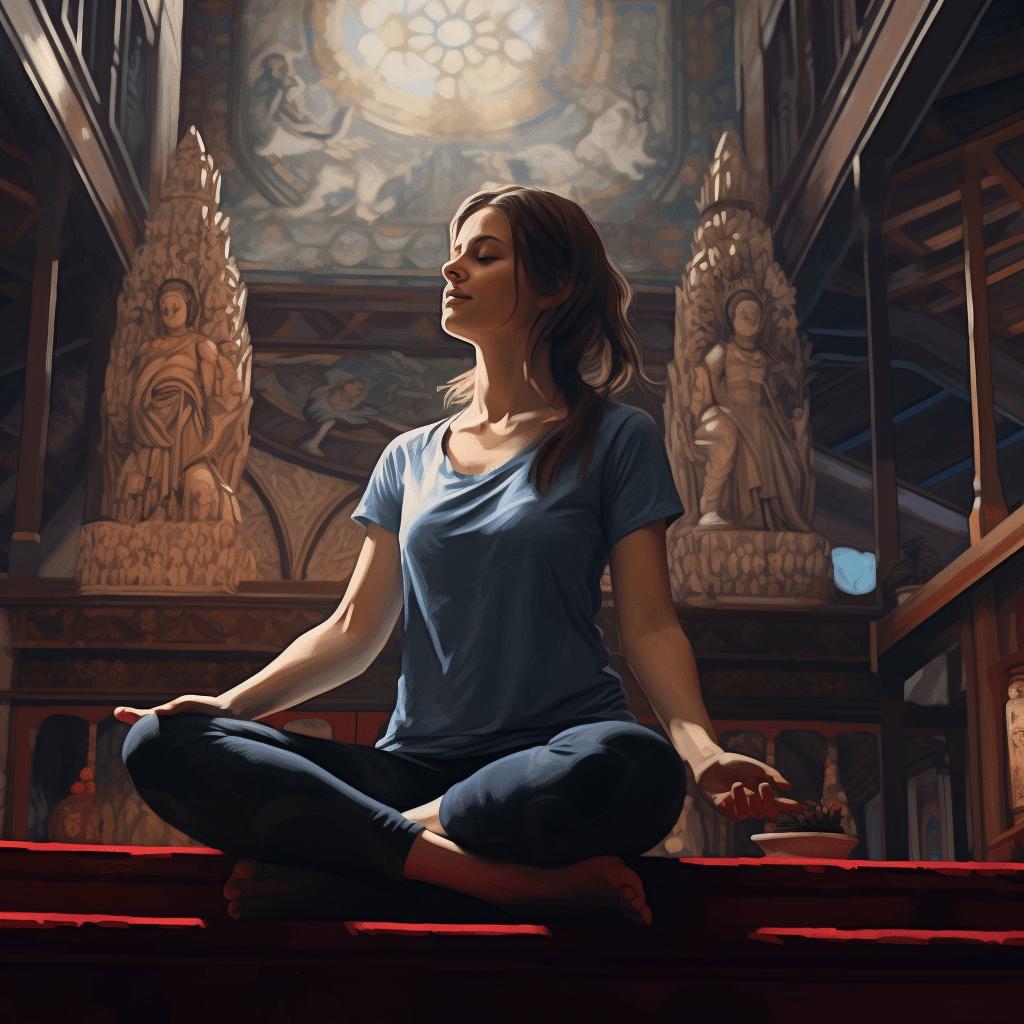
“Life is a balance between rest and movement.” – Rajneesh
During my journey with Tony Robbins I came across the Egoscue Method for tackling chronic pain. Being naturally skeptical, I decided to give it a try. To my surprise, just ten days of dedicated practice yielded noticeable improvements. In this article, I'll delve into what the Egoscue Method entails and how its effectiveness can be measured.
What is the Egoscue Method?
Do you frequently experience back or knee pain, or any other persistent physical discomfort? Often, such pain becomes a constant companion in your life. The Egoscue Method aims to address the root causes of these nagging issues. Developed in the 1970s by Pete Egoscue, a Vietnam veteran seeking relief from his war-induced chronic pain, this approach is predicated on the belief that the human body is designed for movement. An imbalance in one part of the body can trigger issues elsewhere; for instance, hip issues might lead to knee problems, and spinal issues could cause neck pain.
When is your body in balance?
You can consider your body to be balanced when it is symmetrical. To test this, stand against a wall and see if your back, shoulders, and head simultaneously touch the wall when relaxed. Most people, including myself, feel more at ease leaning forward slightly. However, this is an indication that your body is out of balance.
You can also take a photograph to check for symmetry in your shoulders and knees. Another test involves standing straight with your eyes closed. If you start to sway after a short time, it's likely that your body is unbalanced.
How does the Egoscue Method Work?
At its core, the Egoscue Method comprises a series of tailored exercises and stretches, known as "E-cises." These are designed to realign your body through incremental adjustments. Consistent practice can improve your posture, increase your range of motion, and alleviate chronic pain. Before and after photos are often used to gauge progress. In my case, after one week, I noticed a marked improvement in my posture—my back was straighter and my head less inclined forward.
Some Basic Egoscue Excercises
One of my favorites is the ' ‘static back’ exercise, which can also serve as a form of meditation. To perform it, lie on your back on the floor and rest your lower legs on a chair, forming a 90-degree angle at the knees. Extend your arms at a 45-degree angle to your torso, palms facing up. Hold this position for 5-10 minutes to help reset your back.
At this link you can find additional exercises.
If you're struggling with persistent pain or simply seeking to improve your posture, the Egoscue Method could be the answer you're looking for. It beautifully illustrates the butterfly effect within your body—small changes can bring everything back into balance, significantly enhancing your well-being. However, it's advisable to consult a professional to ensure the exercises are suitable and safe for your specific needs.
To learn more, read Pete Egoscue's book.
For mor insights consider reading Pete Egoscue,'s book, "Painfree, A revolutionary method for stopping chronic pain", Bantam Books New York, 2021.